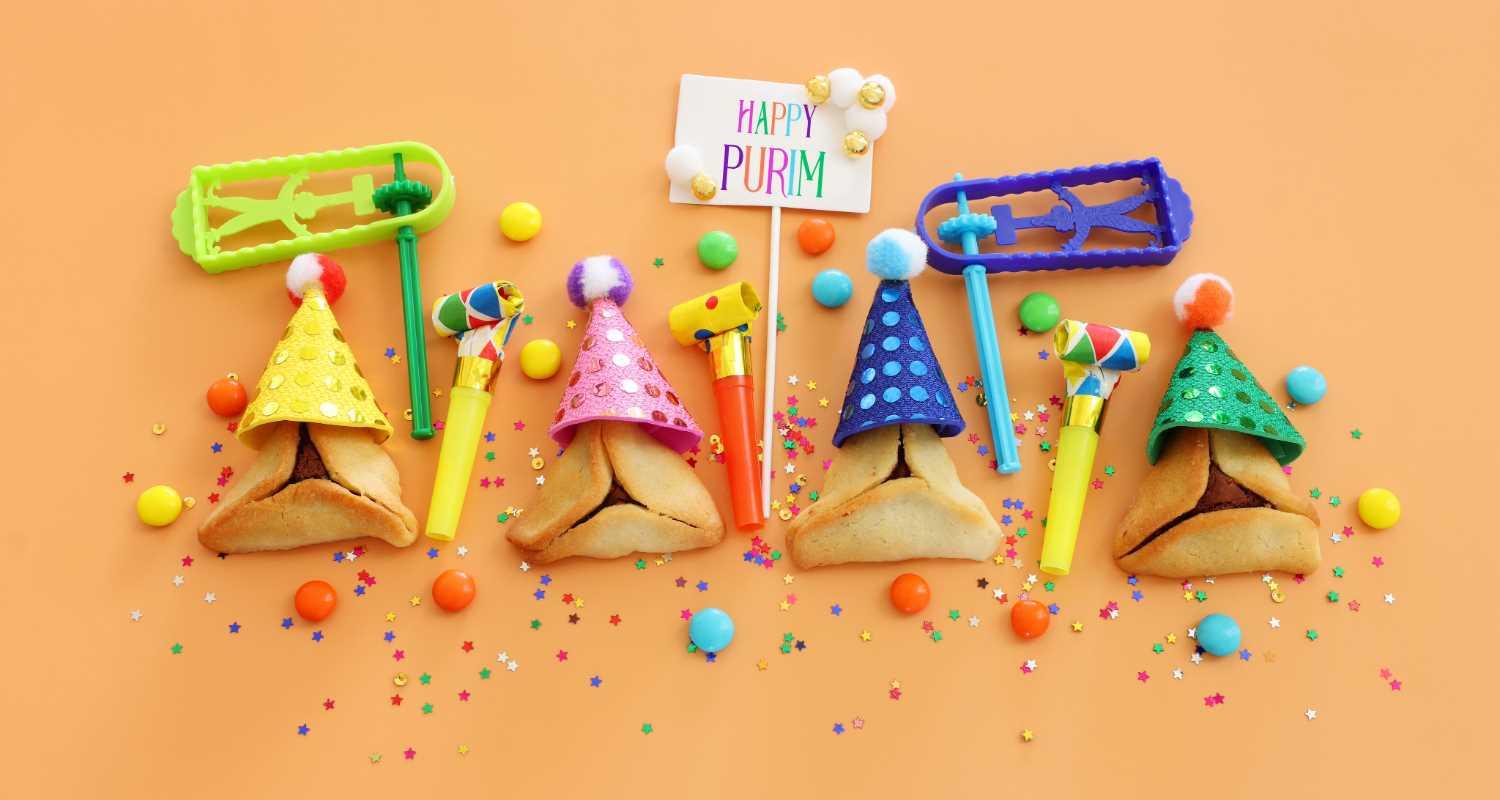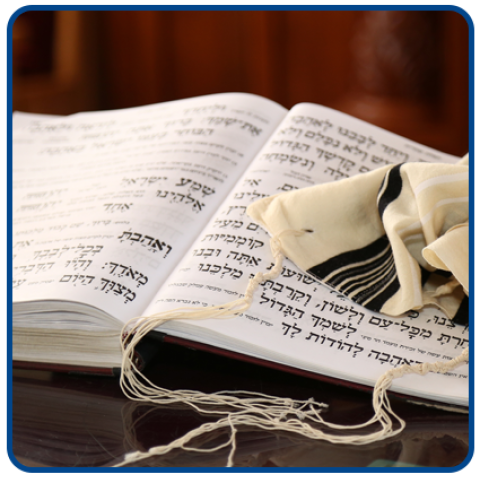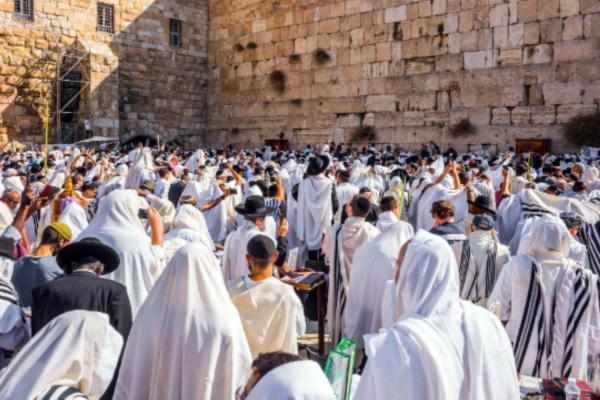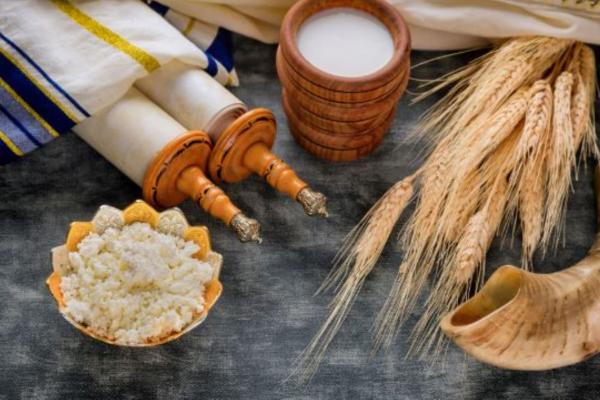Purim is the commemoration of how God delivered His People, yet again, from destruction. The story is found in the book of Esther and is so fascinating that it sounds like it came right out of Hollywood. In fact, the story of Esther has been put to film a number of times in movies for both the big and small screens.
The Story of Purim
The book of Esther includes a beauty pageant, an assassination plot against the king, an evil villain who schemes to kill every Jewish person in the land, and two unlikely Jewish heroes that leave us with powerful messages of living out our faith with courage.
King Ahasuerus (also known as King Xerxes) reigned from India to Ethiopia when he suddenly found himself without a queen. He held a beauty pageant of sorts to find a replacement for his disobedient Queen Vashti. Jewish Esther was among the maidens gathered to prepare to go before the king. Through the months of preparation, she kept her Jewish heritage secret. Esther found favor in the eyes of King Ahasuerus, and he chose her for his new queen. Still she did not reveal that she was Jewish.
Mordecai, Esther’s cousin and adoptive father, was a devout Jewish man. One day, he overheard a plot to kill the king. He reported it, and his good deed was noted in the official records. However, nothing was done to thank or honor Mordecai.
Trouble began when Ahasuerus promoted a man named Haman. The king gave Haman great authority in the land and even commanded that servants and citizens pay homage to him by bowing down to Haman whenever in his presence. Mordecai could not bring himself to offend God by bowing to a man, and day after day, he refused.
Haman was furious. Not content to kill Mordecai alone, Haman devised a plan to kill all the Jewish People in the land. He persuaded the king that the Jews were a threat to his rule and proposed a decree to pay anyone who helped massacre the Jewish People on a certain date. The king signed and sealed an irrevocable decree and gave Haman what he needed to annihilate every Jewish person dispersed throughout the vast kingdom.
Mordecai learned of Haman’s plans and sat in front of the king’s gate in sackcloth, wailing in grief. Esther sent a messenger to find out why, and Mordecai explained the decree begging Esther to go to the king and plead for her people. Esther reminded him that visiting the king without an invitation was a crime punishable by death. Mordecai warned Esther that she wouldn’t escape this decree either, being a Jew herself, and encouraged her that perhaps it was for this very reason that God placed her as queen, “for such a time as this” (Esther 4:14 TLV).
Esther determined to trust God. She told Mordecai to enlist all the Jewish people to fast and pray for three days as she and her handmaids would also do. “Afterwards,” she said, “I will go to the king though it is not according to the law. So, if I perish, I perish” (Esther 4:16 TLV).
Meanwhile on a sleepless night, the king called for the royal records hoping they would lull him to sleep. It was then he discovered Mordecai’s great deed that had saved his life, and he made plans to honor Mordecai.
Esther prepared her strategy for approaching the king. He received her with favor, and she invited him to a banquet. At the dinner, Esther explained to Ahasuerus that someone had threatened her life and the lives of her people. The king was outraged and demanded to know who would do such a thing. She then revealed to him that she was Jewish and that Haman’s decree meant her death.
For more twists and turns, what happens to Mordecai, and how Haman gets what’s coming to him, you can read the full story in the ten-chapter book of Esther. The exciting culmination, however, is that through Queen Esther, God delivered the Jewish People from destruction once again.
Celebrating Purim Today
“ These were to be days of feasting, celebration, and sending presents of food to one another and giving gifts to the poor.” - Esther 9:22 TLV
Purim is one the merriest holidays on the Jewish calendar. In fact, the Bible commands it as a day of rejoicing, specifying three elements:
- Feasting and celebration
- Sending gifts of food to one another
- Giving gifts to the poor
The Talmud (the collection of Jewish oral tradition) adds a fourth command – reading the book of Esther (called The Megillah). As it is read aloud at home and synagogue, whenever Haman’s name is spoken, the audience rattles loud noisemakers called graggers. They stamp their feet and make as much noise as possible in a symbolic, and fun, gesture to “blot out the name of Haman” (Judaism 101).
Purim events also include carnival-like festivities with costumes, parodies, singing, dancing, and special foods. Hamentaschen are triangular shaped cookies with fruit filling and are a Purim tradition.
Over and over again through the millennia, God’s enemy has attempted to annihilate the Jewish People, but God has not allowed it. He has faithfully delivered His People from total destruction time and time again.
God is to us a God of deliverances.
— Psalm 68:20 NASB












